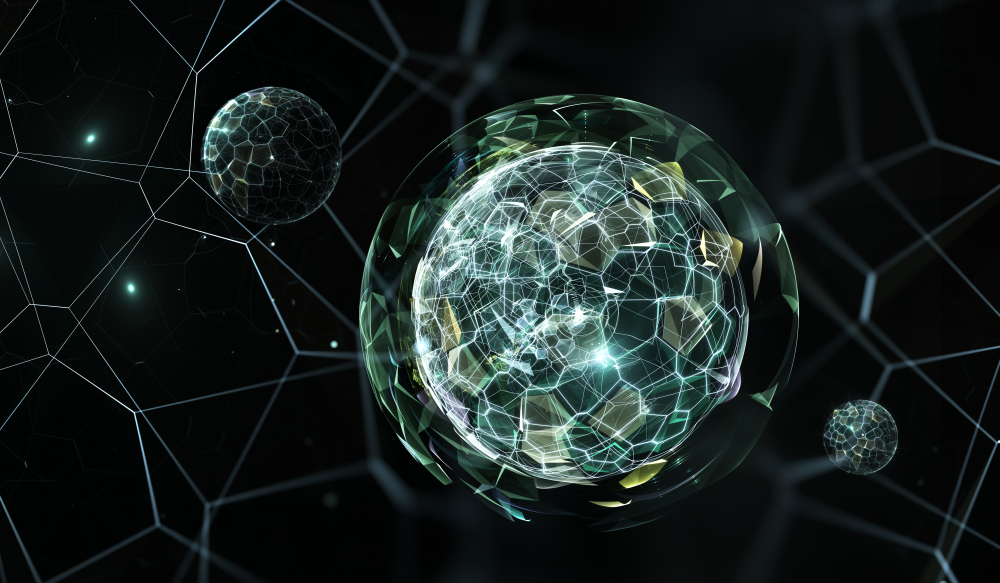Towards Solving a Quantum Paradox

The results of an experiment reported by Dr. Eli Cohen and his colleague could be the key to understanding a quantum paradox, which projects on the nonlocal, counterintuitive nature of quantum particles
This month’s edition of PNAS Nexus, the National Academy of Sciences of the United States of America (NAS) journal, features an article by Dr. Eli Cohen of the Faculty, co-authored with Professor Ryo Okamoto, of Kyoto University. “Prof. Okamoto and I had met some years ago, during a scientific conference in Crete,” Dr. Cohen recalls. “In the same year, alongside colleagues from Israel and Japan, we co-published a theoretical paper that weaves together a previous conceptual idea we had with a new optical technique developed by Ryo and his colleagues (available here. For an article dedicated to it in the Scientific American, see here). While at the conference, Prof. Okamoto and I started to discuss the prospect of a lab experiment designed to demonstrate the same paradoxical effect, and have since kept in touch and embarked on our joint mission.”
The effect described by Dr. Cohen and his colleague in the article is the Disappearing and Reappearing Particle. “As part of this effect, you have to picture three boxes, two of which are connected and the other one set apart. At the starting moment, a quantum particle is prepared inside these boxes in a superposition state, which means there’s some chance of it being in any of the three boxes. However, over time, you can predict three events with absolute certainty: there is a moment in time where the particle must be inside Box 1 if we open it, and there is a moment in time where it must be inside Box 2 if you open it. So far, so strange, but not surprising on a quantum level: It is well-known that the Quantum Theory can accommodate this scenario, as the boxes are connected,” Dr. Cohen explains. The surprise referenced by the paradox pertains to the third event that can be predicted with certainty: at another moment in time, where Box 1 and Box 2 both become empty, the particle that could previously be inside cannot be found there: it is now inside Box 3, which was not connected to them in the first place.”
The joint experiment by Dr. Cohen and Prof. Okamoto was conducted in 2021. “As part of the experiment, a single photon is generated - the single most basic unit of light, which is then propagated across the three boxes and physically realized with an interferometer (a common optical system), but in three modes, or three transition options. At this point, any common measurement of the photon’s location could destroy the experiment, which is why we developed a ‘weak’ type of measurement, which can gather information about the photon without destroying its quantum state, in such a way that allows it to carry on with minimal interruption to its motion,” says Dr. Cohen. “Beyond the temporary state of the photon, we also measured the correlations between its consecutive positions in the pairs of boxes and in all three boxes at different times. These temporal correlations are significant because it was from them that we inferred that the effect we had predicted was fully realized. But beyond that, we inferred that a bit of the photon remained in the boxes even when they were supposedly empty. A memory, if you will, of something that had been inside and could also be restored. We believe that this is the key to understanding the paradox, which projects on the nonlocal, counterintuitive nature of quantum particles.
Did you find it interesting? For the full essay describing the experiment by Dr. Cohen and Prof. Okamoto, click here.
Last Updated Date : 28/06/2023



